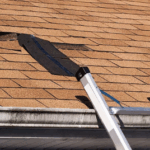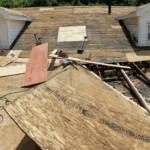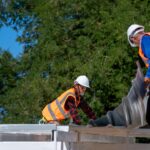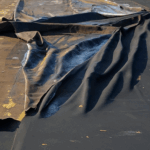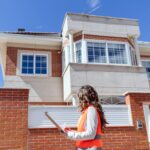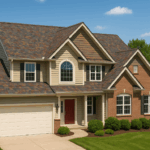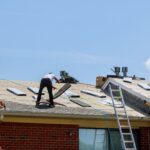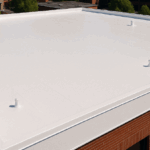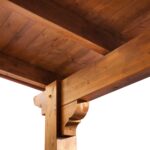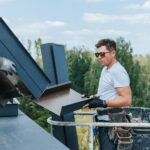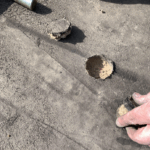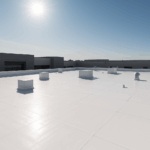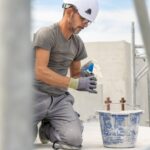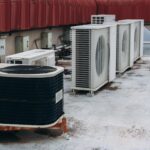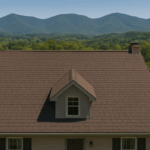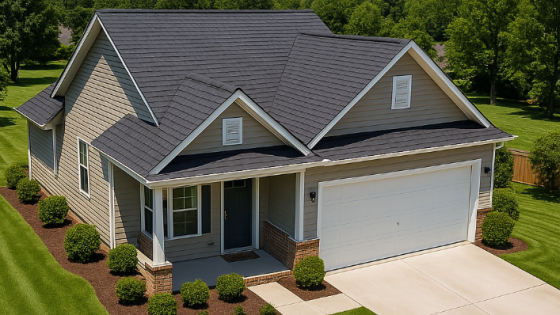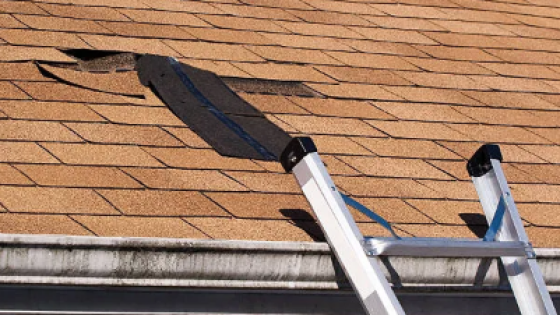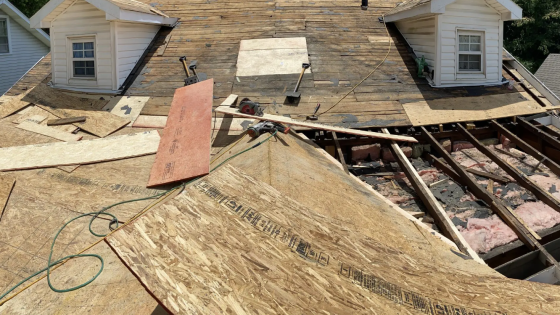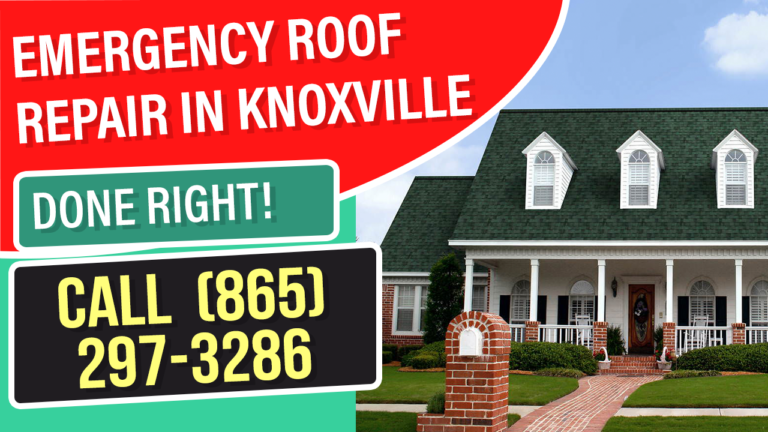Roof ventilation plays a crucial role in maintaining the overall health of your home’s structure, particularly in places like Knoxville, TN, where the weather fluctuates between hot, humid summers and cold winters. Proper ventilation ensures that your attic and roof remain free of excessive moisture, heat buildup, and other structural issues. But what happens when your roof is poorly ventilated, and how do you fix poor roof ventilation? In this blog post, we’ll explore the importance of proper roof ventilation and guide you through the steps to resolve the problem.
Key Takeaways
💡Poor Roof Ventilation Causes Costly Problems
💡Balanced Ventilation Requires the Right System
💡Fixing Ventilation is Often a Simple Upgrade
💡Professional Assessment Ensures Lasting Results
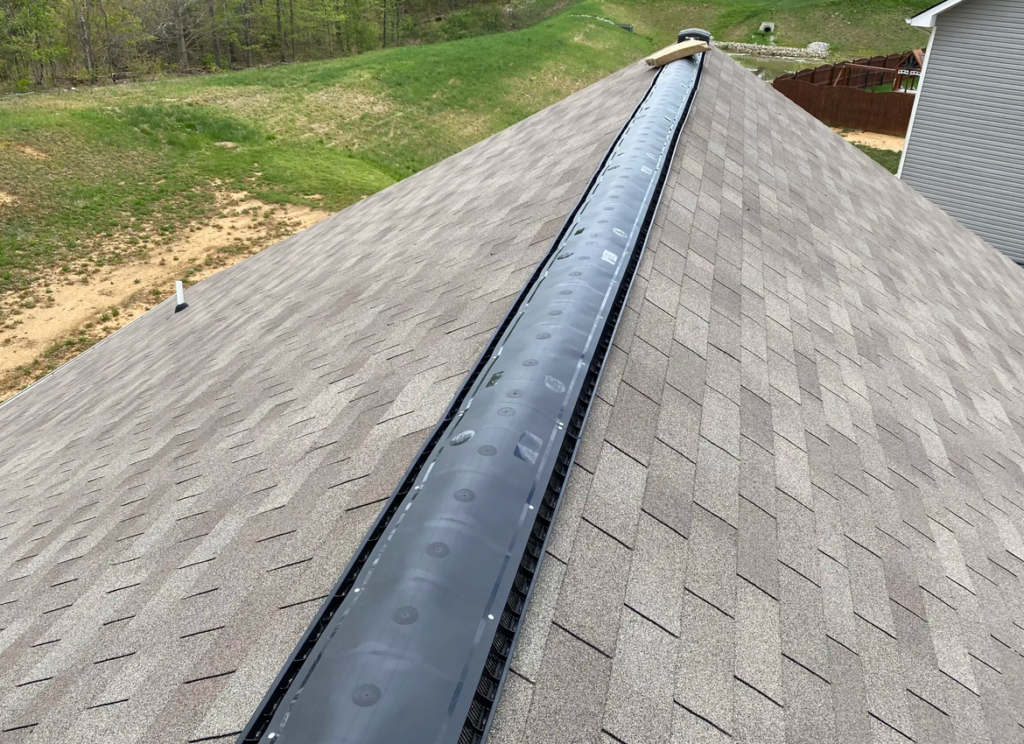
Why Roof Ventilation is Important
Roof ventilation is essential for regulating airflow throughout your attic and roofing system. It serves two primary purposes:
- Temperature Regulation: In warmer months, proper roof ventilation allows hot air to escape, preventing the attic from becoming excessively hot. This also helps reduce the load on your HVAC system, which in turn lowers energy bills.
- Moisture Control: In the winter, roof ventilation ensures that moisture from daily activities, like cooking and showering, doesn’t accumulate in your attic. If moisture builds up, it can lead to mold growth, rotting wood, and other serious structural issues.
If your home in Knoxville has poor roof ventilation, you may notice issues such as:
– Higher energy bills
– Ice dam formation in winter
– Hot, humid attic space
– Premature wear and tear on your roof shingles
So, how do you fix poor roof ventilation?
1. Identify the Signs of Poor Roof Ventilation
Before you can fix poor roof ventilation, you need to recognize the signs that something is wrong. Here are a few common indicators:
– Hot Attic: A poorly ventilated attic will feel extremely hot, especially in the summer.
– Mold or Mildew: Excessive moisture often results in mold and mildew growth.
– Peeling Paint: Humidity can cause paint to peel, both inside and outside your home.
– Ice Dams: Ice dams form when warm air from a poorly ventilated attic melts snow on the roof, which then refreezes at the edges, causing water damage.
2. Assess the Current Ventilation System
Once you have identified signs of poor ventilation, it’s time to assess your current system. In Knoxville, homes typically have one or more of these common ventilation types:
– Ridge Vents: Installed at the peak of the roof to allow hot air to escape.
– Soffit Vents: Installed under the eaves to let cool air into the attic.
– Gable Vents: Located on the sides of the home to increase cross-ventilation.
– Attic Fans: Help to improve airflow and push hot air out.
If any of these systems are damaged, blocked, or improperly installed, they could contribute to poor ventilation.
3. Add or Repair Ridge Vents
One of the best ways to fix poor roof ventilation is by installing or repairing ridge vents. These vents run along the top of your roof and are designed to release hot air from the attic. If your ridge vents are clogged with debris or have been installed incorrectly, they will not function effectively.
To fix poor roof ventilation using ridge vents, a professional roofer can inspect the vent to ensure it’s clear and unobstructed. If necessary, they may replace damaged ridge vents or install new ones to improve airflow.
4. Install Soffit Vents
Soffit vents, which are located along the eaves of the roof, help to bring cool air into the attic. Without them, your roof will have inadequate airflow, leading to trapped heat and moisture. If your home doesn’t have soffit vents, adding them is a simple and effective way to fix poor roof ventilation.
A roofing contractor can drill holes in the soffits to install new vents. It’s essential to ensure there is a balance between soffit and ridge vents, so air flows properly through the attic.
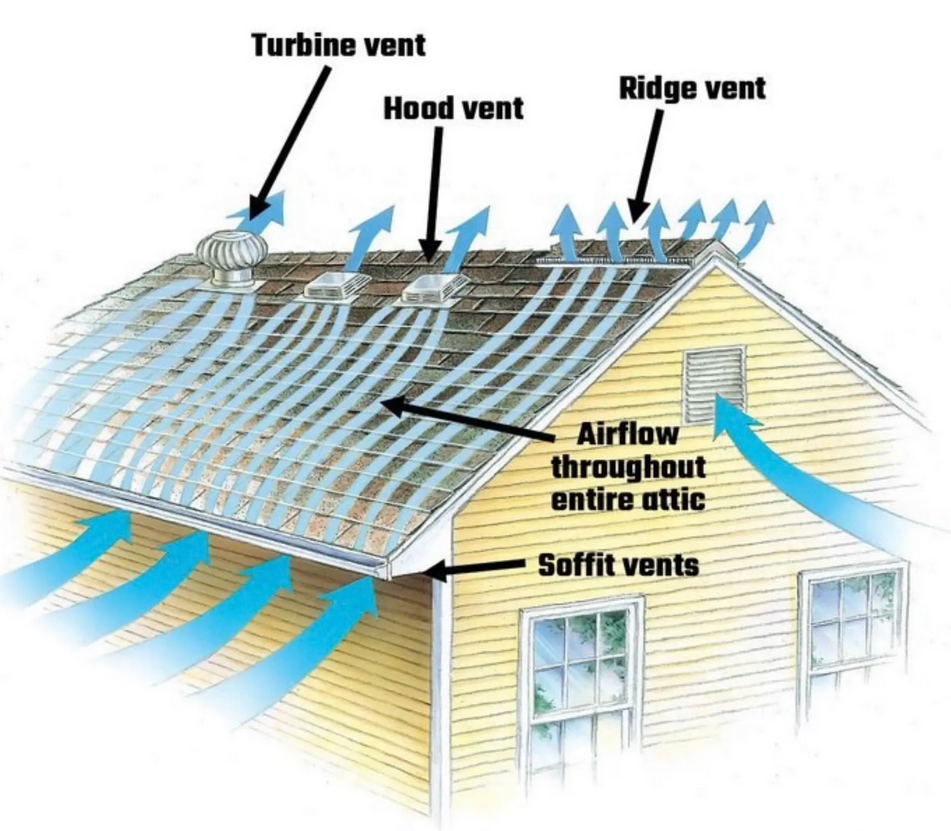
5. Consider Attic Fans
If your home continues to experience ventilation problems despite having ridge and soffit vents, attic fans may help fix poor roof ventilation. These fans actively circulate air, reducing temperature and humidity levels inside the attic. They are particularly useful in homes with large or complex roof designs, where passive ventilation alone may not be sufficient.
There are various types of attic fans, including electric-powered, solar-powered, and turbine models. A Knoxville roofing expert can help determine the best type of attic fan for your home.
6. Check for Blockages
Another critical aspect when you fix poor roof ventilation is to ensure there are no blockages in your current system. Debris such as leaves, insulation, or even bird nests can obstruct soffit and ridge vents, preventing proper airflow.
A thorough cleaning of the ventilation system may be all that’s needed to fix poor roof ventilation. You can hire a professional roofing company to clean out the vents and ensure they are fully functional.
7. Ensure Proper Insulation
While ventilation and insulation serve different purposes, they work together to maintain a balanced roof system. Without proper insulation, heat and moisture may still cause issues even if your ventilation is working correctly. In Knoxville, where the climate varies greatly between seasons, it’s essential to have high-quality insulation installed in your attic.
A roofing contractor in Knoxville can inspect your attic to determine whether insulation needs to be added or replaced to complement your ventilation system.
FAQs About Fixing Poor Roof Ventilation
Signs include hot attic spaces, mold, and peeling paint.
Yes, it can cause increased energy costs, mold, and roof damage.
Ridge and soffit vents are the most effective.
Annually or after severe weather events.
It’s possible, but professional assessment is recommended for best results.
Yes, by allowing your HVAC system to operate more efficiently.
It can range from $300 to $1,500, depending on the repairs needed.
Not necessarily. Many issues can be resolved without a full replacement.
Attic fans are optional but can be helpful in particularly hot climates.
Yes, poor ventilation contributes to ice dams by allowing warm air to escape improperly.
Fix Your Poor Roof Ventilation
Now that you have a thorough understanding of how to fix poor roof ventilation, you can take the necessary steps to improve your home’s airflow and avoid costly damage in the future. Fixing poor roof ventilation is essential to maintaining the structural integrity and comfort of your home.
Whether it’s improving airflow with ridge and soffit vents, installing attic fans, or ensuring proper insulation, addressing ventilation issues can save you from costly repairs, lower your energy bills, and extend the life of your roof. If you’ve noticed any signs of poor roof ventilation in your Knoxville home, don’t wait for the problem to worsen. Trust the experts at Litespeed Construction, a premier roofing contractor in Knoxville, TN.
Our team of professionals will assess your roof, recommend the best solutions, and ensure your home is properly ventilated for years to come. Contact Litespeed Construction today for a free inspection and get peace of mind knowing your roof is in the best hands!


